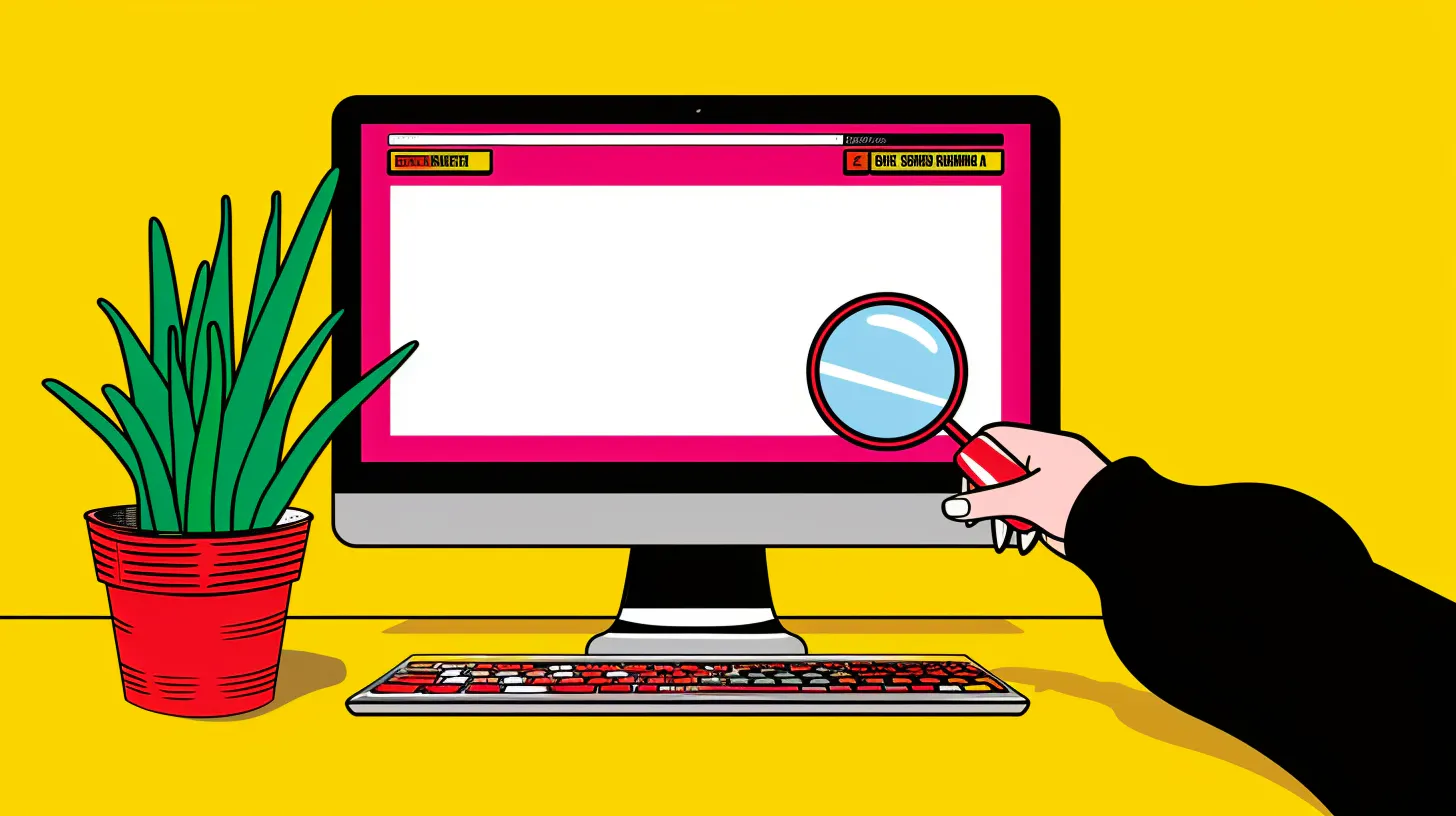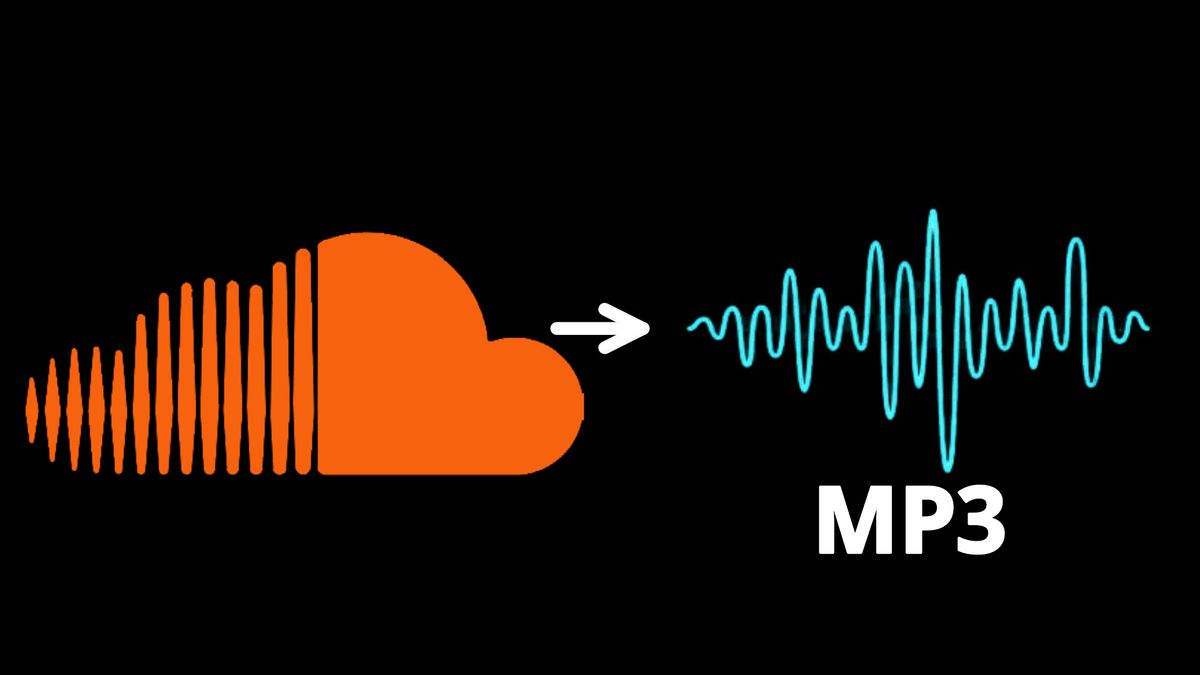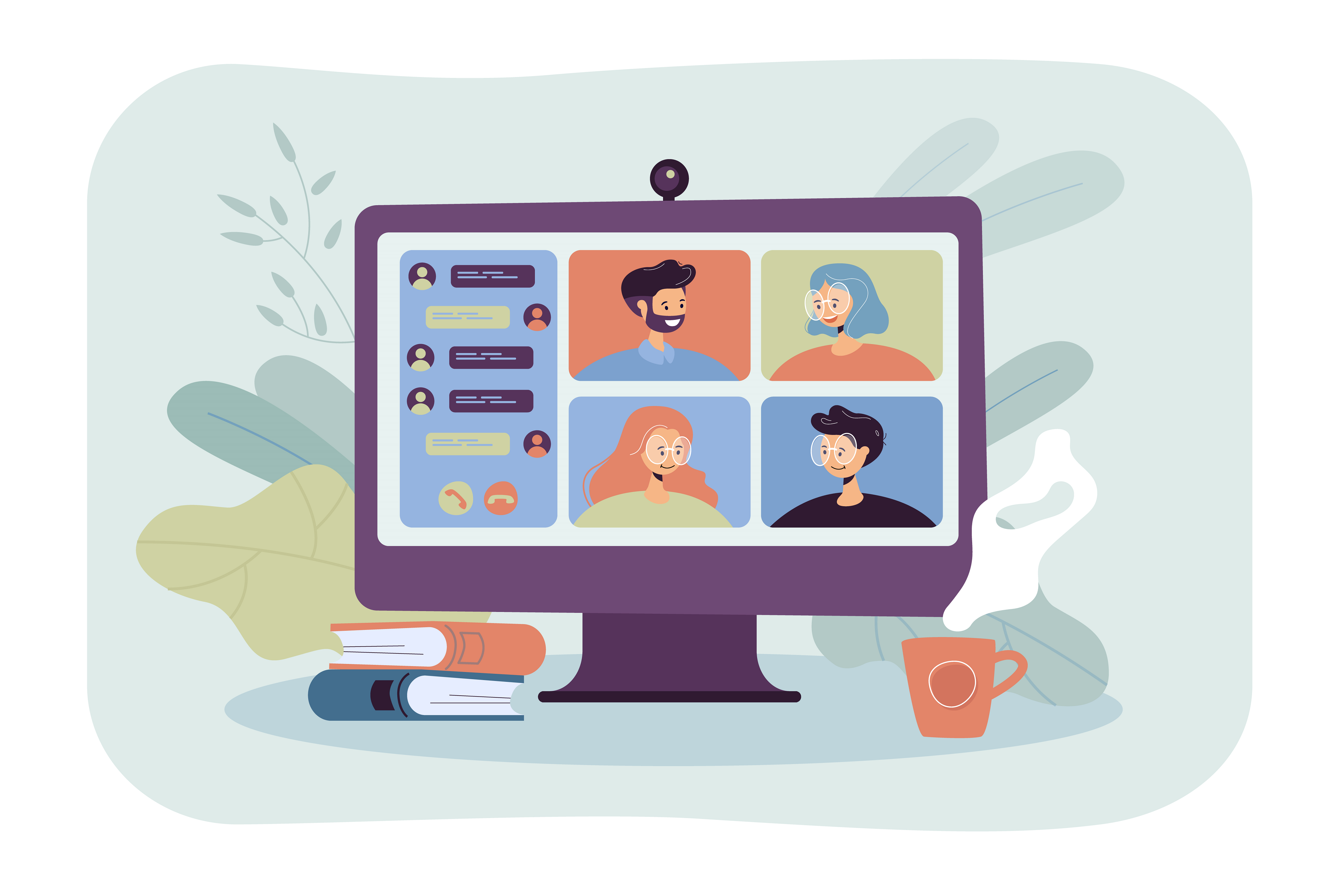
Turnitin is a reliable plagiarism-detection tool that has promptly addressed the growing concerns in the educational sphere regarding the potential threat of AI writing tools like ChatGPT undermining critical thinking.
But can Turnitin detect Chat GPT? How accurate is it?
Indeed, Turnitin boasts a 99% accuracy rate in detecting ChatGPT-generated content, as stated on its website.
Stay tuned—further exploration into the puzzle of AI's role in upholding academic integrity awaits.
What Is Chat GPT?
ChatGPT, short for Generative Pre-trained Transformer, stands as a cutting-edge AI language model crafted by OpenAI. Its prominence arises from its knack for crafting text that's not only contextually appropriate but also remarkably coherent, all triggered by user prompts.
What sets ChatGPT apart from conventional chatbots is its adeptness at comprehending intricate inquiries and crafting responses that mimic human dialogue with striking fluidity.
Take, for example, its capability to generate thorough article summaries or offer insights on diverse topics such as mental health or climate change solutions.
In these scenarios, ChatGPT produces passages so detailed that discerning them from human-crafted content becomes quite the challenge.
Can Turnitin Detect Chat GPT?
Yes, Turnitin has technology that can detect ChatGPT content. As a plagiarism checker, Turnitin meticulously examines content to uphold the integrity of submitted work.
Educational institutions and instructors now possess a convenient means to verify both the authenticity of students' submissions and the originality of their content through the use of a ChatGPT detector. Turnitin's ChatGPT Screening functionality diligently scrutinizes all text produced via an AI chatbot.
This innovative plagiarism detection tool stands poised to assess the originality of content from its inception. In addition to flagging AI-generated text, Turnitin furnishes detailed reports pinpointing instances of plagiarism.
Given the prevalent use of AI chatbots by students to complete assignments and essays, Turnitin emerges as an invaluable asset for schools and universities. It safeguards against the erosion of authenticity, originality, and the true intent of academic assignments.
Related Reading: Does Turnitin Detect Quillbot?
How Does Turnitin Detect Chat GPT?
Over time, Turnitin has fortified its mechanisms for pinpointing plagiarized material.
With the emergence of AI-driven text generators such as ChatGPT—including variants like GPT-3, GPT-3.5, and the advanced GPT-4 (also recognized as ChatGPT Plus)—it became imperative to enhance its detection capabilities.
Outlined below is a simplified breakdown of how Turnitin discerns text produced by these models:
1. Database Comparison: Turnitin houses an expansive repository comprising academic papers, journals, articles, and student submissions. It scrutinizes submitted text against this database to identify matches.
2. Writing Patterns: Leveraging sophisticated algorithms, Turnitin detects the distinct writing patterns commonly associated with AI models, enabling it to distinguish them from conventional human writing.
3. Statistical Analysis: The system conducts an analysis of the text's structure, vocabulary selection, and sentence construction, flagging content that aligns with recognized patterns of AI-generated text.
4. Regular Updates: Turnitin remains vigilant in updating its systems to stay abreast of the latest iterations of AI text generators.
How Accurate is Turnitin in Detecting AI-Written Text?
Despite its robust ability to discern between human and ChatGPT-generated writing, Turnitin does exhibit certain limitations in its AI-writing detection capabilities:
1. False Positive Rate: Turnitin registers a 1% false positive rate, implying that among 100 human-written texts, it might inaccurately flag one as AI-generated.
2. Potential Missed AI-Written Text: There's a possibility of Turnitin missing approximately 15% of AI-written text within a document. Thus, if the tool indicates that 50% of a document is AI-generated, it could potentially contain up to 65% AI writing.
3. Requirement for Long-Form Writing: Turnitin primarily focuses on long-form writing, necessitating a minimum of 300 words for accurate detection of potential AI assistance within the document.
4. Limitations in Non-Sentence Structures: Turnitin struggles to identify ChatGPT-generated text within bullet points, lists, tables, and other non-sentence structures present in a document.
Given the continual evolution of large language models, Turnitin's efficacy relies on the submission of real-world, updated documents to refine its detection model over time.
Tips For Instructors To Detect Chat GPT Use
To identify the utilization of ChatGPT, instructors can focus on two key aspects: analyzing writing style inconsistencies and assessing content relevance and coherence.
Analyzing Writing Style Inconsistencies
One way instructors can uncover ChatGPT use is by scrutinizing writing style inconsistencies. AI-generated content may exhibit an unfamiliar tone or language that deviates from a student's typical writing style.
For instance, a sudden shift to more sophisticated or technical language might signal copied content generated via ChatGPT. Additionally, anomalies in sentence structure or peculiar grammatical errors could also hint at AI assistance.
Comparing suspicious work to students' previous assignments or requesting written explanations for specific points can help identify disparities and assess whether ChatGPT was involved. This type of analysis is pivotal for maintaining academic integrity and upholding educational standards. Turnitin's ability to detect ChatGPT represents significant progress in combating plagiarism stemming from AI advancements.
Assessing Content Relevance and Coherence
Instructors can also gauge the use of ChatGPT by evaluating the relevance and coherence of the content. AI chatbots often produce writing lacking coherence or relevance to the assigned topic.
This might manifest as inconsistencies in tone, language usage, or overall structure. For instance, an essay on climate change devoid of specifics about carbon emissions or scientific data related to global warming could indicate AI influence.
Comparing multiple assignments from the same student can help identify consistency or discrepancies in style and language usage over time. Such thorough assessment aids instructors in maintaining academic integrity and ensuring authenticity in student work.
Conclusion on Can Turnitin Detect Chat GPT
So, to answer the question, "Can Turnitin detect Chat GPT?"—the answer is yes. Turnitin's proficiency in detecting Chat GPT-generated material plays a pivotal role in upholding academic integrity amidst the emergence of AI innovations.
Through the precise detection of AI-generated text, educators can uphold the importance of originality, guiding students to produce authentic work and maintain excellence in their assignments.
As technology progresses, it becomes imperative for educational establishments and plagiarism detection platforms to evolve, addressing novel challenges as they arise.

